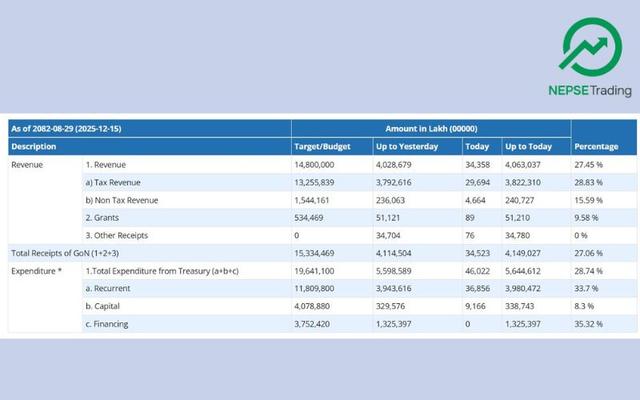New Circular: These Microfinance Institutions Stand to Benefit
Author
NEPSE TRADING

Nepal’s leading microfinance financial institutions have recently published their financial statements, revealing strong capital adequacy ratios and well-managed non-performing loans (NPLs) within the limits set by the regulator. A total of five key microfinance companies—Sanakisan (SKBBL), First Microfinance (FMDBL), RSDC, Chhimek (CBBL), and Mithila (MLBBL)—have maintained capital adequacy above 12 percent and NPLs below 5 percent. This indicates both strong financial health and sound risk management.
Sanakisan Microfinance (SKBBL) has maintained a capital adequacy ratio of 15.75 percent with NPLs at just 2.65 percent. Its Dividend per Share (DPPS) stands at an attractive 42.67 percent, rewarding investors with high returns. Analysts attribute its strong performance to its focus on agricultural lending and effective repayment mechanisms.
First Microfinance Development Bank (FMDBL) has posted the highest capital adequacy ratio at 25.44 percent, with NPLs at just 0.57 percent—an exceptionally low figure. Although its DPPS is modest at 8.02 percent, the bank’s robust capital structure and strong risk mitigation strategies make it a safe long-term investment option.
RSDC Microfinance (RSDC) reported a 17.82 percent capital adequacy ratio with NPLs of 3.3 percent. Its DPPS stands at 7.98 percent. While its dividend payout is relatively lower, its strong capital base supports stability in a competitive sector.
Chhimek Microfinance (CBBL) appears the most attractive for investors. It maintains a 17.14 percent capital adequacy ratio and 2.55 percent NPLs, while offering a striking DPPS of 64.84 percent—the highest among its peers. This not only demonstrates its ability to deliver strong dividends but also highlights its capacity to remain financially stable.
Mithila Microfinance (MLBBL) has just crossed the minimum regulatory threshold, maintaining a 12.07 percent capital adequacy ratio with 4.68 percent NPLs. Though its indicators are relatively weaker compared to others, it still demonstrates stability by remaining within regulatory compliance.
Overall, these institutions showcase the growing resilience of Nepal’s microfinance sector, with strong capital adequacy and effective loan recovery. For investors, stability indicators and dividend capacity remain the key benchmarks. While institutions like Chhimek and Sanakisan are emerging as high-return options, banks like First Microfinance are positioning themselves as strong long-term players with secure fundamentals.



